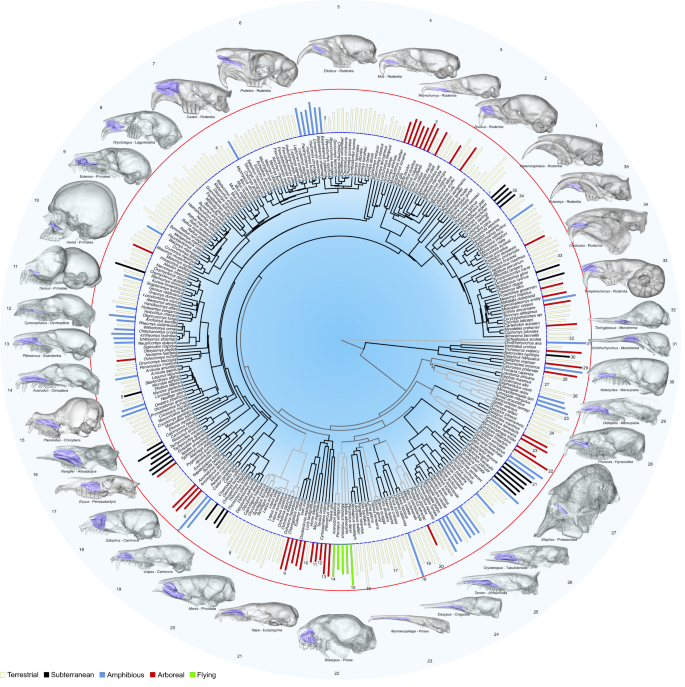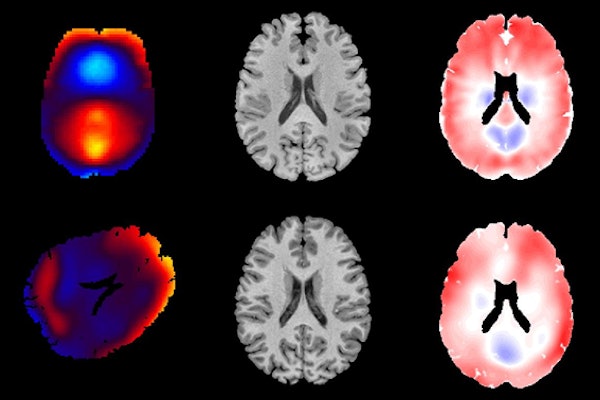2023-07-28 ワシントン大学セントルイス校
◆しかし、新たな研究によれば、これらの頭蓋骨の構造の存在や大きさを使って生存能力を判断する際には注意が必要です。ワシントン大学の研究チームが、300以上の哺乳類の頭部CTスキャンの分析を通じて、これらの構造が体温維持と代謝率との相関を持たないことを示しました。
◆この研究により、呼吸トルビナルは空気を温めるという役割は果たすものの、体温の維持には直接的に関連しないことが明らかになりました。哺乳類は多様な環境で生活し、体温維持には様々な適応があるため、これらの頭蓋骨の構造だけで体温維持能力を判断するのは誤りであると結論づけられています。
<関連情報>
- https://source.wustl.edu/2023/07/fossil-skulls-alone-cannot-predict-if-animal-was-warm-blooded/
- https://www.nature.com/articles/s41467-023-39994-1
哺乳類の顎関節の進化は熱生物学を反映していない Mammalian maxilloturbinal evolution does not reflect thermal biology
Quentin Martinez,Jan Okrouhlík,Radim Šumbera,Mark Wright,Ricardo Araújo,Stan Braude,Thomas B. Hildebrandt,Susanne Holtze,Irina Ruf & Pierre-Henri Fabre
Nature Communications Published:21 July 2023
DOI:https://doi.org/10.1038/s41467-023-39994-1

Abstract
The evolution of endothermy in vertebrates is a major research topic in recent decades that has been tackled by a myriad of research disciplines including paleontology, anatomy, physiology, evolutionary and developmental biology. The ability of most mammals to maintain a relatively constant and high body temperature is considered a key adaptation, enabling them to successfully colonize new habitats and harsh environments. It has been proposed that in mammals the anterior nasal cavity, which houses the maxilloturbinal, plays a pivotal role in body temperature maintenance, via a bony system supporting an epithelium involved in heat and moisture conservation. The presence and the relative size of the maxilloturbinal has been proposed to reflect the endothermic conditions and basal metabolic rate in extinct vertebrates. We show that there is no evidence to relate the origin of endothermy and the development of some turbinal bones by using a comprehensive dataset of µCT-derived maxilloturbinals spanning most mammalian orders. Indeed, we demonstrate that neither corrected basal metabolic rate nor body temperature significantly correlate with the relative surface area of the maxilloturbinal. Instead, we identify important variations in the relative surface area, morpho-anatomy, and complexity of the maxilloturbinal across the mammalian phylogeny and species ecology.


